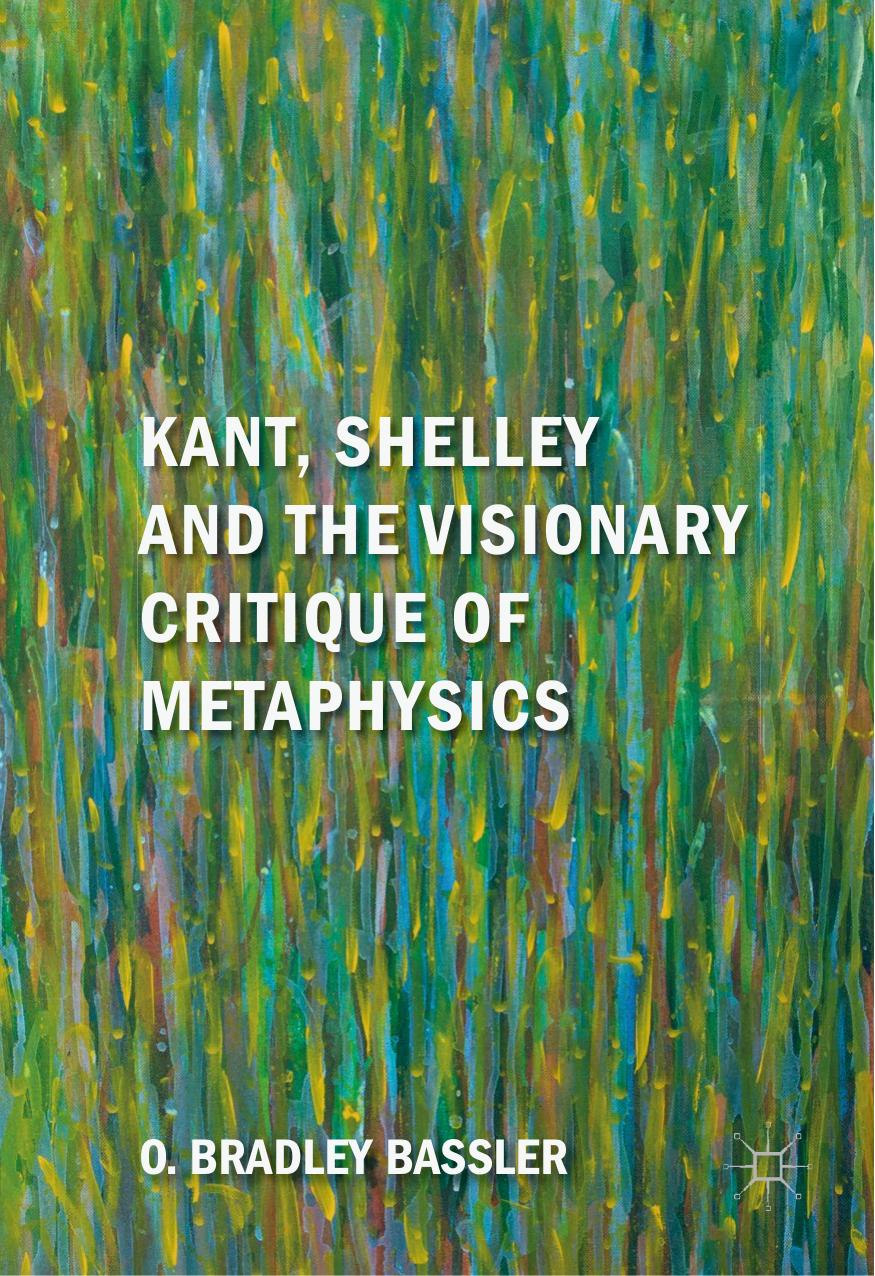Kant, Shelley and the Visionary Critique of Metaphysics by O. Bradley Bassler

Author:O. Bradley Bassler
Language: eng
Format: epub, pdf
Publisher: Springer International Publishing, Cham
Peirce then shows that the probability that a player will eventually net a one franc gain is one: “Consequently there would be a continual outflow of money from the bank. And yet, since the game is an even one, the banker would not net any loss. How is this paradox to be explained?” (Peirce 1997, 112).
Given our experience “reasoning with the infinite” in the twentieth century, we might be inclined simply to notice that an infinite bank that disburses a franc to each player after an indefinite amount of time only disburses a finite amount of money after any given finite time, and that therefore the bank net continues to be infinite, so that in this sense there is no loss. This is, however, not how Peirce proceeds, and it will be instructive to see what alternative implications he draws instead.9 On the one hand, there is nothing to preclude the possibility that Peirce would admit just the implication I have given, but on the other we should not assume that Peirce is dealing with a “concept of the infinite” decked out with all our contemporary accoutrements. In any case, Peirce is demonstrating how the pragmatic principle addresses this purported paradox.
Peirce faces the problem at a seemingly more fundamental level by asking what the meaning of saying that a certain event has a probability of p could be. In this specific analysis (as opposed to the betting game just mentioned) Peirce assumes that we are dealing with a large, but not declaredly infinite, bank. In any given year (a definite, rather extended interval of time) the insurance company should be able to determine with relative accuracy how many policies out of a large number (say a thousand) will require them to pay out losses.The business problem is this. The number of policies of a certain description that can be sold in a year will depend on the price set up on them. Let p be that price,10 and let n be the number that can be sold at that price, so that the larger p is, the smaller n will be. Now n being a large number a certain proportion q of these policies, qn in all, will be losses during the year; and if l be the loss on each, qnl will be the total loss. Then what the insurance company has to do is to set p at such a figure that pn − qln or (p − ql) n shall reach its maximum value. (Peirce 1997, 112)
Download
Kant, Shelley and the Visionary Critique of Metaphysics by O. Bradley Bassler.pdf
This site does not store any files on its server. We only index and link to content provided by other sites. Please contact the content providers to delete copyright contents if any and email us, we'll remove relevant links or contents immediately.
4 3 2 1: A Novel by Paul Auster(12281)
The handmaid's tale by Margaret Atwood(7678)
Giovanni's Room by James Baldwin(7188)
Asking the Right Questions: A Guide to Critical Thinking by M. Neil Browne & Stuart M. Keeley(5631)
Big Magic: Creative Living Beyond Fear by Elizabeth Gilbert(5610)
Ego Is the Enemy by Ryan Holiday(5292)
The Body: A Guide for Occupants by Bill Bryson(4974)
On Writing A Memoir of the Craft by Stephen King(4863)
Ken Follett - World without end by Ken Follett(4643)
Adulting by Kelly Williams Brown(4486)
Bluets by Maggie Nelson(4472)
Eat That Frog! by Brian Tracy(4432)
Guilty Pleasures by Laurell K Hamilton(4358)
The Poetry of Pablo Neruda by Pablo Neruda(4038)
Alive: The Story of the Andes Survivors by Piers Paul Read(3967)
White Noise - A Novel by Don DeLillo(3953)
Fingerprints of the Gods by Graham Hancock(3940)
The Book of Joy by Dalai Lama(3898)
The Bookshop by Penelope Fitzgerald(3775)
